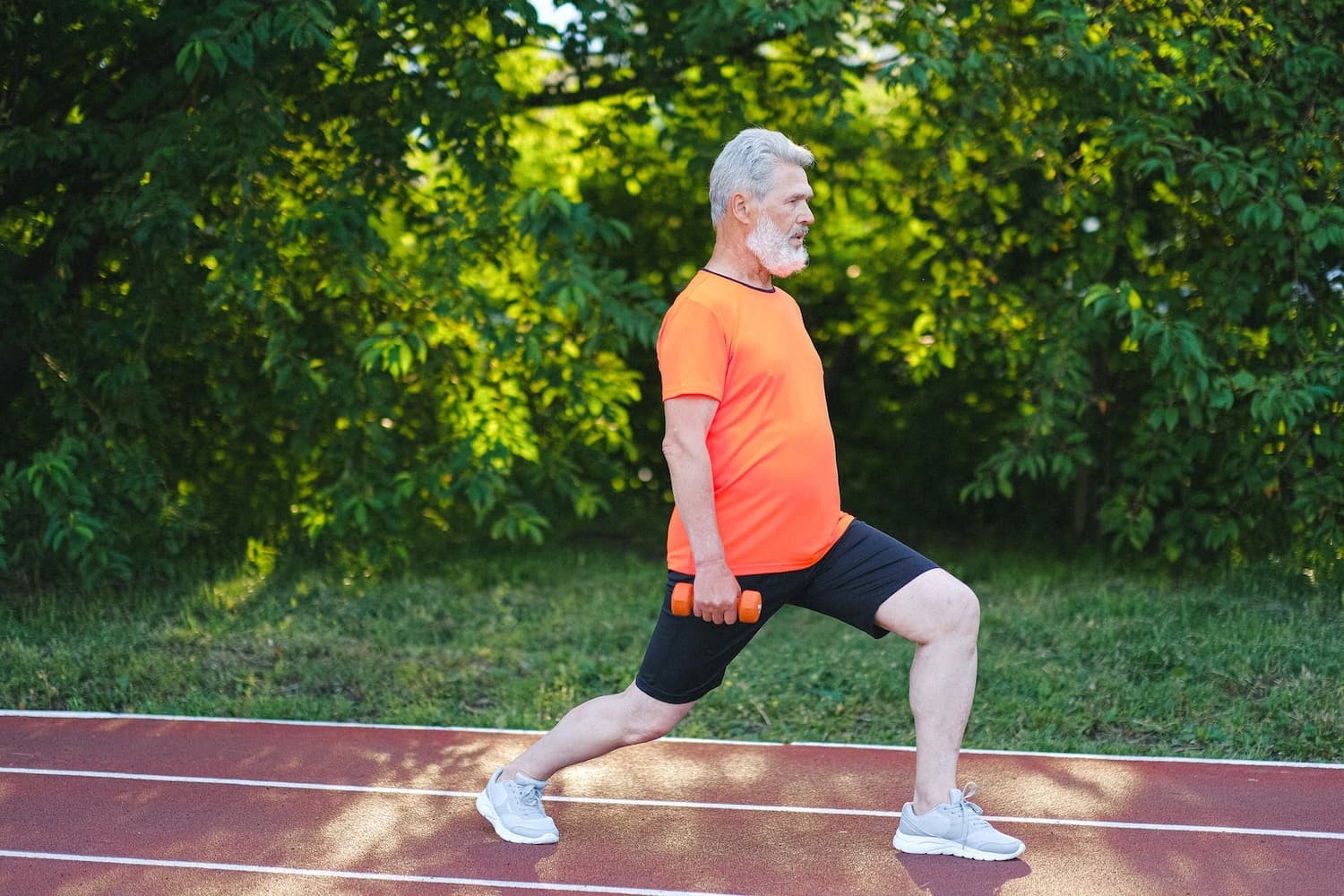
In recent years, as with many modalities, exercise or strength training has incorporated some changes and the most significant of these changes is the development of "functional movement" exercise routines. Functional exercise, which combines movements we use in real life, has been shown to increase strength and balance capabilities, as well as reduce injury. The basic premise is that through complex movements we can integrate multiple muscle groups that mimic the way we move at home, the office, or on the sports field.
Benefits of Functional Movement Exercise
The benefits of functional training exercise, apart from as noted above, is that it can be modified for rehabilitation, set up for beginners, or structured for the seasoned participant. The holistic personal trainer in general will take into consideration many factors before a client begins routine, obvious things such as age, pre-existing injuries or limitations, surgeries, and general health-specific concerns. The fitness industry generally accepts that often exercise routines have often been designed for aesthetic purposes, which is perhaps a one-dimensional approach and doesn't address always practical needs of the client in regards to their abilities to move their body in day to day tasks effectively, it's often been more about the 'look' or the perceived appearance.
Functional movement exercises take place in 'multiplanes' of movement or motion with the use of many joints synergistically. These movements require the firing of multiple muscle groups in various positions, ranges of movement and varying degrees of intensity or repetitions, to achieve a common goal.
There are seven basic movements; squat, lunge, push, pull, hinge twist and walk. These make up the movement patterns that our body relies on to become mobile and therefore effectively using the body in daily tasks. This addressing of motion-based exercise, often incorporating weight or resistance loading, and integrating various planes of movement, is extremely beneficial to people perhaps because of their work or recovery from injury or simple time out (having a newborn to attend to for several months limiting routine exercise). Office or sedentary work environments can often contribute to the body becoming incrementally stiff, or easily challenged when faced with simple tasks.
Functional training exercises can be a little challenging to the novice in the early stages, our body sometimes needs time to accept fully, increased range of movement, especially if we have become limited in this area. For this reason, a remedial massage therapist, with a knowledge of the movement of muscle groups, can help in rehabilitation or breaking down muscle fatigue/lactic acid build-up, which can occur when the body is creating new movement pathways and has a resistance, or tightness build up when a specific muscle group has become tired.
A good remedial massage therapist will be able to determine whether more 'lighter' relaxation techniques are required to break down and help replenish soreness or injured connective tissue, or over-active trigger points upset by increased workloads need coaxing to calmness again by other tools they possess.
Research/Science
The Functional Movement Screen (FMS), is a tool that was developed by physical therapists Gray Cook and Lee Burton in the 1990's. It's based on the idea that all sports and exercise movements are based on the seven basic movement patterns, and that most injuries are caused by an inability to perform those movements correctly. A straightforward scoring system is used. The first test subject gets 3 points if he or she can perform deep squat, hurdle step, lunge, lying leg lift, push-up, trunk rotation, or shoulder mobility without 'compensatory' movements i.e. becoming knock-kneed while squatting. Moderate compensatory patterns earn two points. If the client cannot do the movement at all they get one point, any pain merits a zero.
Composite scores from the seven tests accurately predict future injury risk in everyone from grandmothers in group exercise programs, to professional athletes.
This Functional Movement Screen test allows a therapist to modify and identify potential concerns, and therefore, adjust movements based on the subject's movement patterns, whether challenged or otherwise.
University studies are ongoing and are thus far in the early stages of conclusions as to the validity of 'functional movement' as an effective form of exercise, one of the challenges, like lots of testing models, lies in the interpretation/experience and expertise of the trainer involved.
The increased popularity of this exercise format suggests that its utilisation, even modified to the individual trainer's specific favourite exercise routines and the lowered injury risk factor, provides a potential client with something to consider if functional movement exercise is on their 'radar' of consideration. (like most modalities, massage, yoga, pilates, there are good practitioners, and there are very good ones, people often find the characters they're drawn to).










